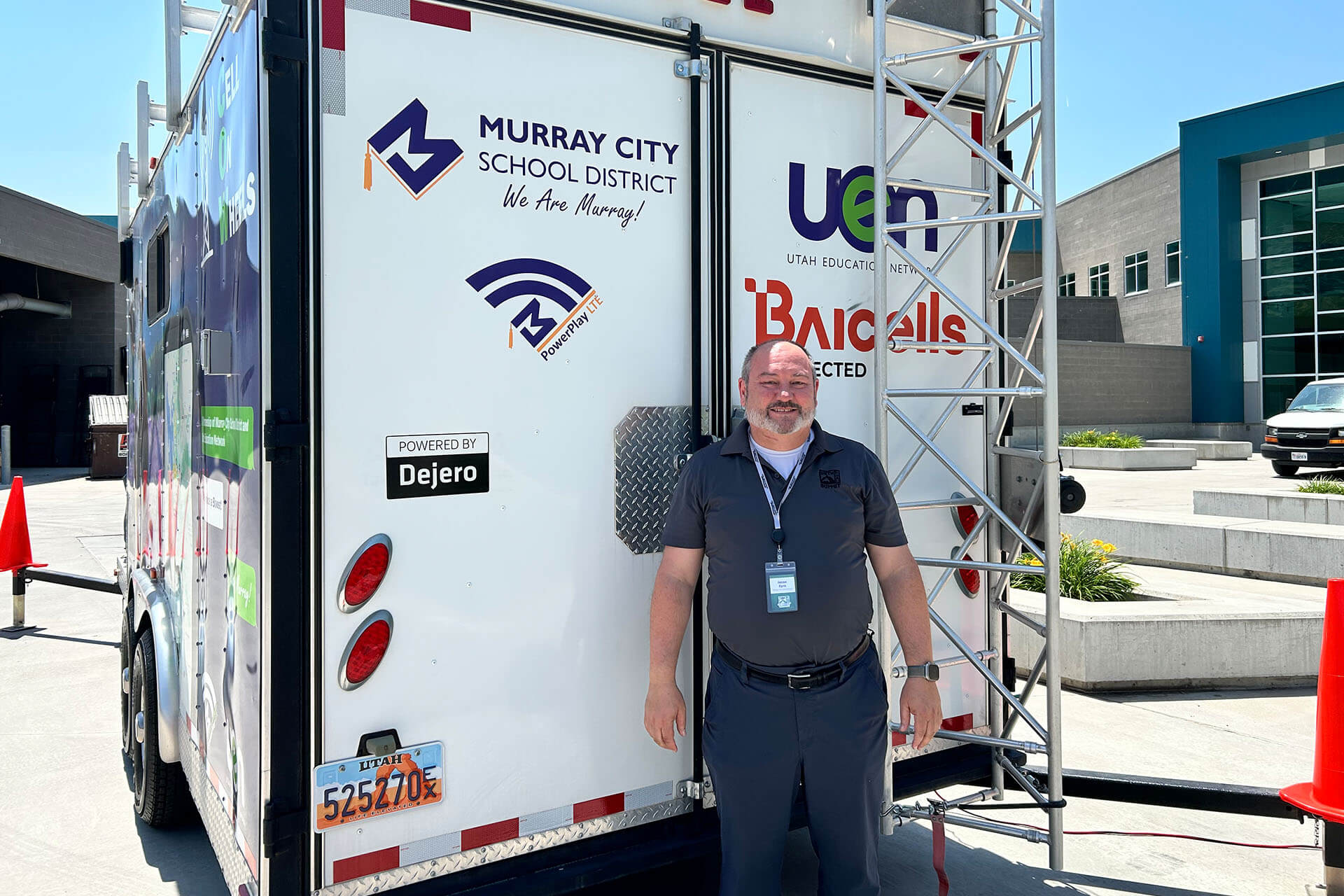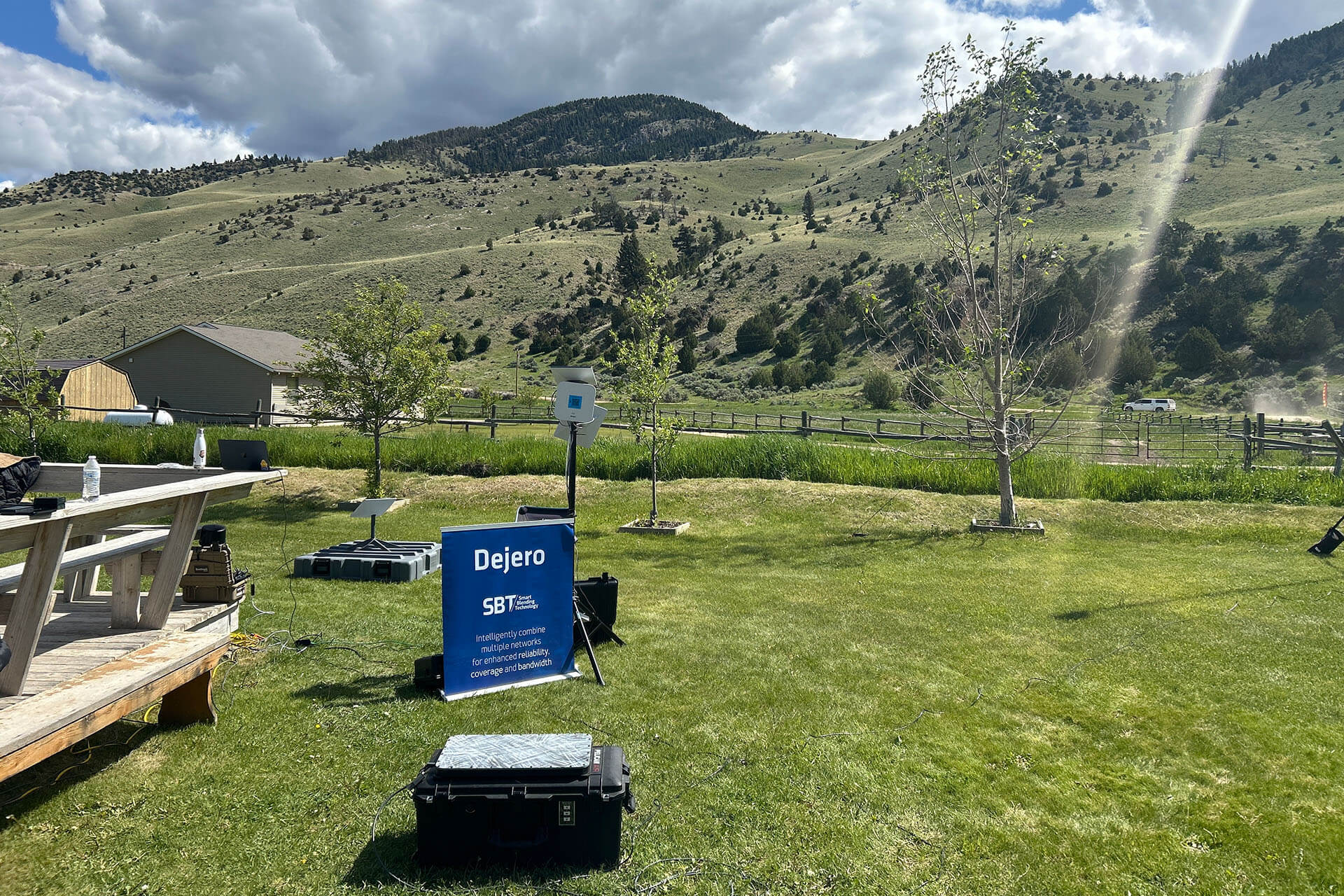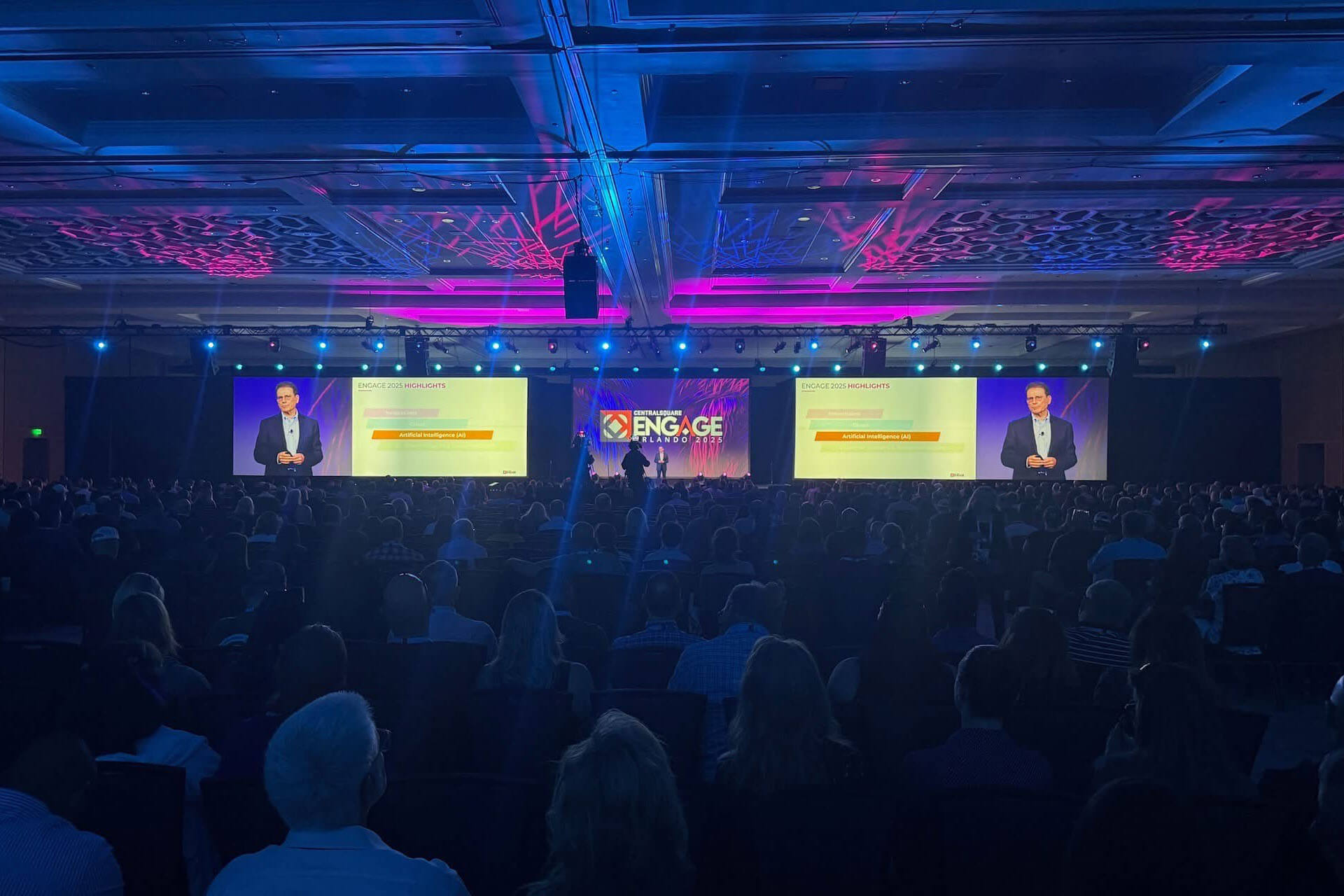News happens fast, anywhere. How can broadcasters be confident when they don’t know what to expect? Anticipating news coverage in any environment and being prepared with the right equipment will help achieve success.
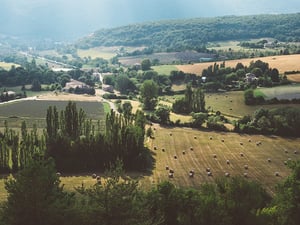 Rural locations
Rural locations
Cellular coverage in rural areas often presents challenges. When news breaks, broadcasters need to deliver live shots with the video quality their viewers expect. Many rural areas like northern Manitoba or small towns outside larger cities like Kansas City, still have limited cellular coverage. Even when blending multiple cellular networks, some remote areas still don’t provide the bandwidth needed simply because the infrastructure is not there. Having additional bandwidth available, from a blended cellular and satellite connection, provides assurance and reliability to capture high-quality live coverage–no matter the location.
Dead zones
Not just in rural areas, some cities have “dead zones” where receiving a cellular signal is a challenge, or in some locations, impossible. Due to limitations in cellular network architecture a number of factors can create these dead zones limiting connectivity even with cellular carrier coverage; the location of antennas, limited network density, or interference with other mobile sites to name a few. Blending multiple cellular networks for added reliability along with satellite connectivity when bandwidth dips can overcome any dead zones encountered.
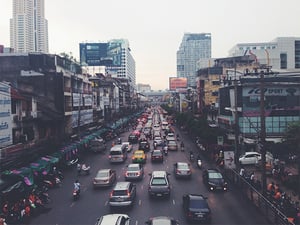 Congested cellular networks
Congested cellular networks
The recent Royal Wedding was a prime example of congested cellular networks. Over 100,000 people lined the streets hoping to catch a glimpse of Prince Harry and Meghan Markle as their carriage proceeded to Windsor Castle. That's a lot of cell phones fighting for bandwidth to stream video or capture pictures of this historic moment to share with friends and family back home. Nestled in Berkshire county, over 100 miles from London, Windsor is a small town with a population of only 32,000. Cellular connectivity can be limited even on a regular day. Add a high-profile event like the Royal Wedding on top of location challenges and the limited connectivity of cellular networks available becomes congested. Not a good situation to be in if you need to confidently go live and only have cellular. Like the fans, broadcasters had an important job–capturing high-quality live video for their viewers–and they were competing for the same bandwidth.
Cellular and satellite blended connectivity
Customer feedback is crucial at Dejero–the end user's experience with its technology provides valuable insight to guide the evolution and innovations of its solutions. With cellular connectivity a challenge in some environments, the CellSat solution was created in partnership with Intelsat. The ability to provide confidence for broadcasters to reliably go live anywhere, in any situation, was a must.
How does it work?
A blended cellular and Ku-band IP satellite solution takes the best attributes of both transmission paths and fuses them into one. By analyzing the characteristics of up to six cellular connections and the Intelsat Ku-band IP connection in real-time, CellSat dynamically and intelligently manages the fluctuating bandwidth and latency, choosing the optimal path for delivering the IP packets to the playout destination.

When there is a risk that connectivity may be a challenge due to congestion in crowds, or where cellular reception may be weak, CellSat is the answer. Cellular connectivity can be used if sufficient bandwidth is available, or CellSat connectivity when additional reliability is required. Satellite scheduling is not required–saving time and enabling faster responses to breaking news. The fast, low-latency CellSat network can be accessed from virtually anywhere, and since it’s available from a single provider; procurement, management, and billing are greatly simplified. Check out this video of a Dejero CellSat fly-away kit used at the Royal Wedding and how it helped broadcasters deliver 7 hours of high-quality video to over 3 million viewers overcoming the connectivity challenges in Windsor.

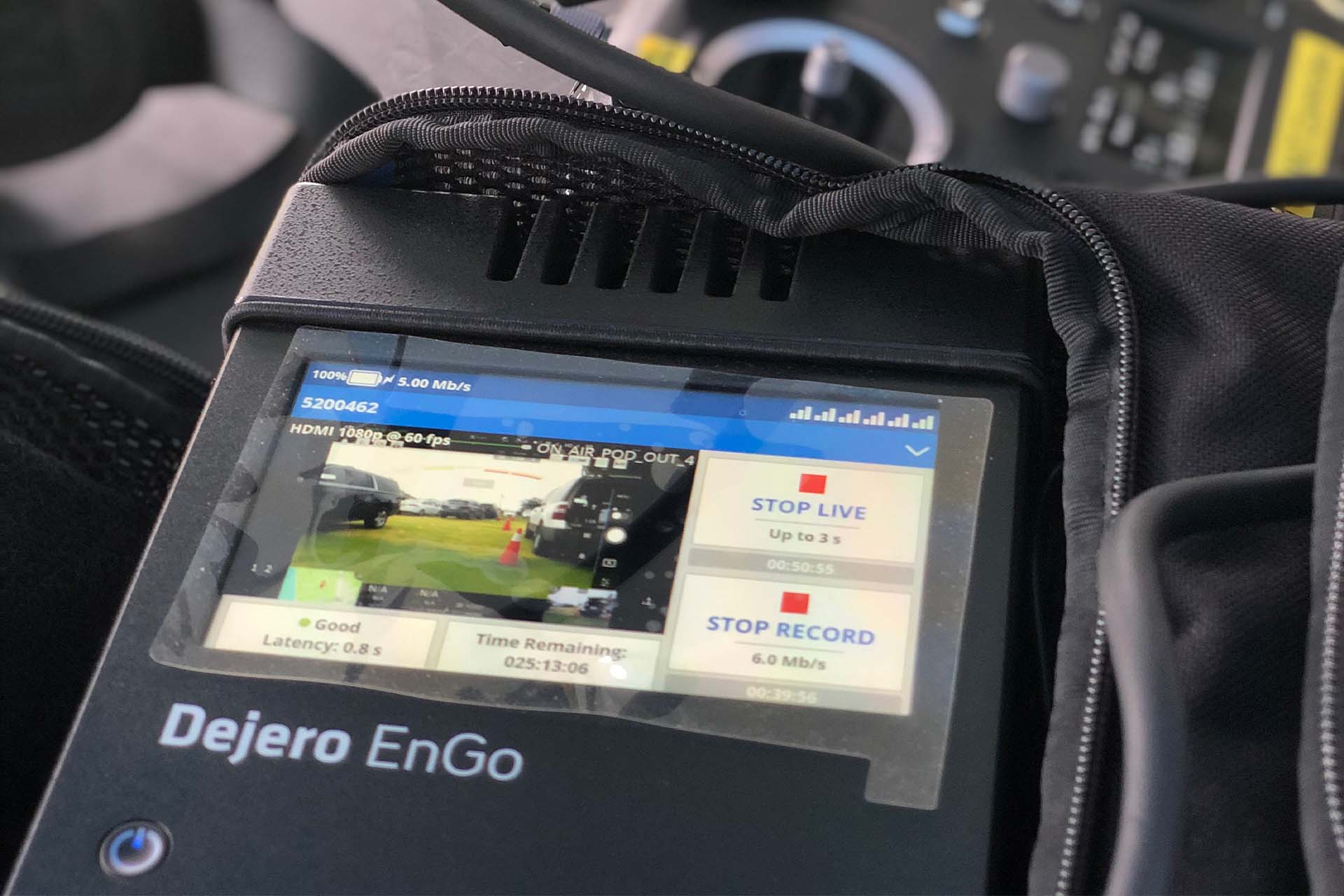
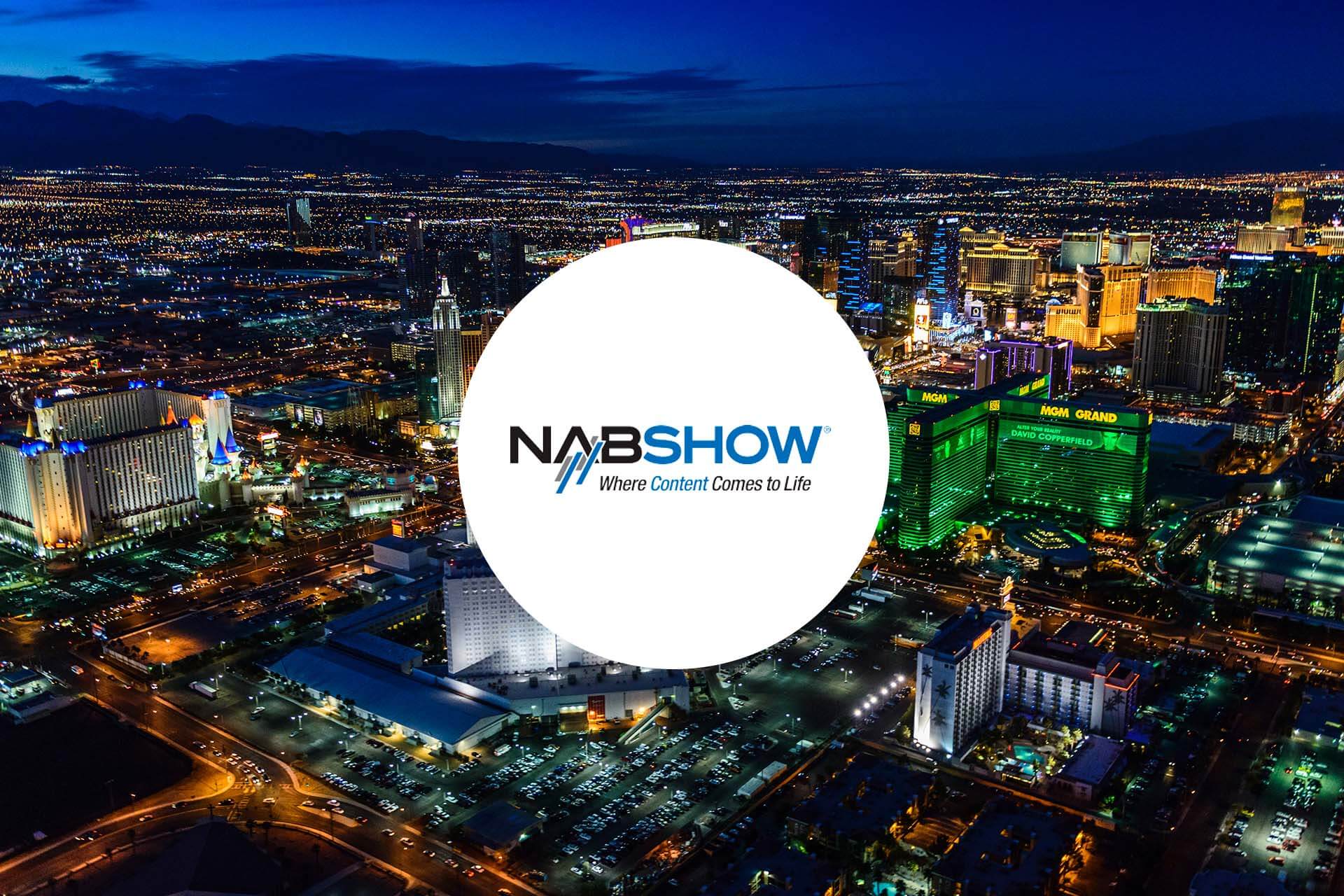


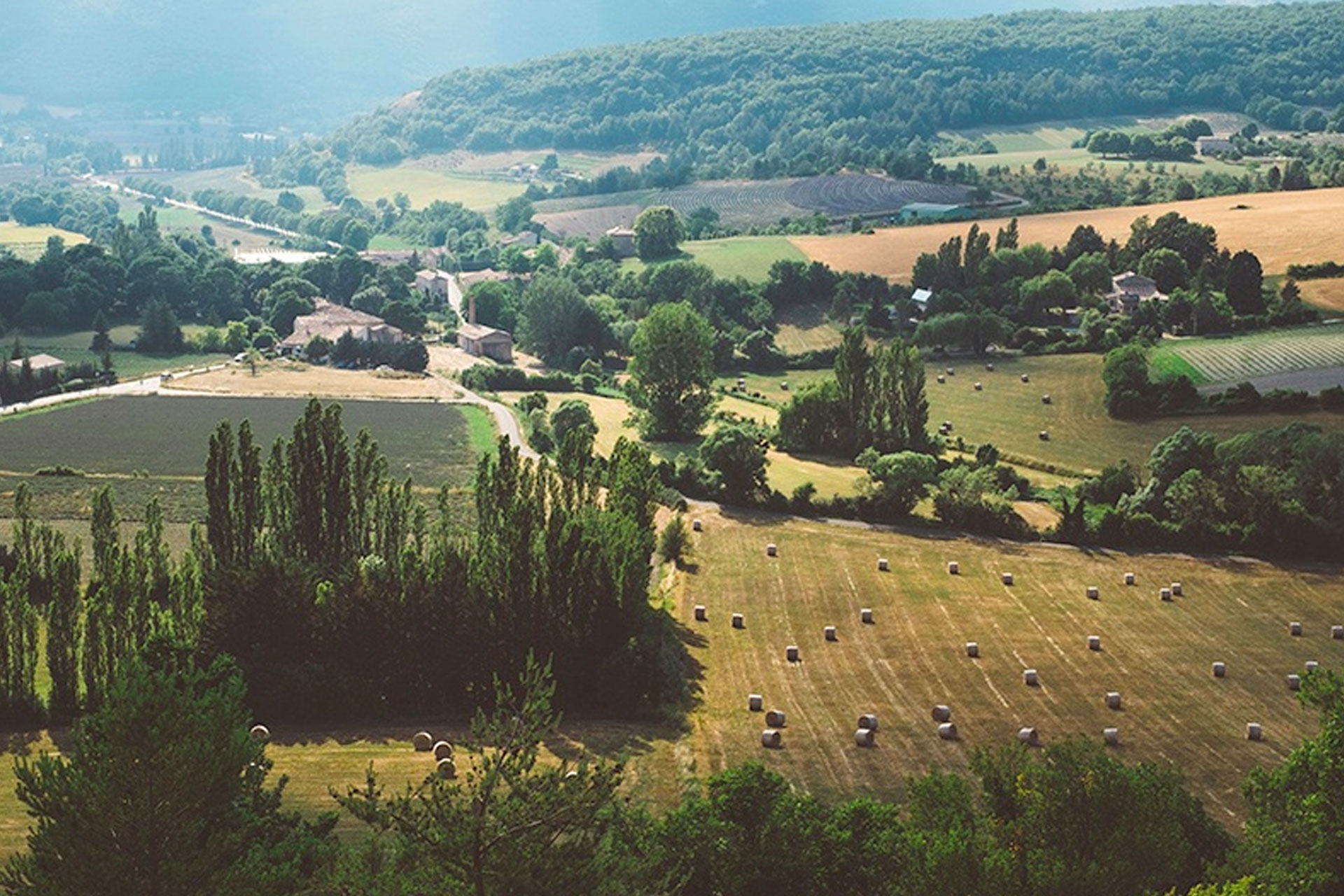
 Rural locations
Rural locations Congested cellular networks
Congested cellular networks
